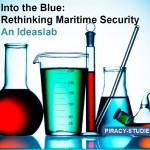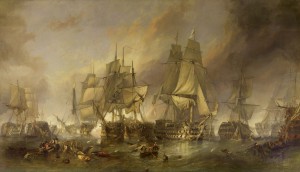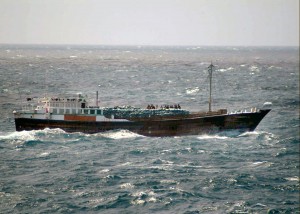By Simon J. Smith and Carmen Gebhard
Counter-piracy operations and maritime engagement in the Gulf of Aden is a puzzling case for anyone interested in the political and institutional problems underlying the attempts by both the European Union (EU) and the North Atlantic Treaty Organization (NATO) to cooperate in security matters. Since late 2008, both organizations have conducted counter-piracy operations off the Somali coast to reinstall some sense of stability in the region. Yet although the EU’s operation NAVFOR ‘Atalanta’ and NATO’s ‘Ocean Shield’ operate in the same theatre (and with similar mandates), there is no formal link between them either currently or at anytime previously. The two operations in fact run outside the so-called Berlin Plus framework established in 2002 to formally regulate both strategic and operational cooperation between the organisations. In reality, this means there is no joint planning or official task sharing between the two security actors. Despite this actuality, our recent article in Cooperation and Conflict (written with Carmen Gebhard), ‘The two faces of EU–NATO cooperation: Counter-piracy operations off the Somali coast’ demonstrates that cooperation and coordination between EU and NATO forces has, nevertheless, worked surprisingly well at the operational and tactical levels.
What we have tried to demonstrate is that, on closer inspection, two faces of EU–NATO cooperation become apparent. This translates into the following: while the political level remains dominated by a permanent deadlock, EU and NATO operational staffs have developed an informal and practical relationship that allows them to deliver towards their respective mandates. Based on 60 interviews with EU and NATO officials (2010–2013), the article demonstrates how the operational and tactical levels have developed ways of coordinating efforts informally despite the lack of a formal framework. The article demonstrates in detail how the two sets of operational staffs have succeeded at bypassing organizational boundaries and how they have discovered creative ways in which to individually and collectively overcome political limitations. However, although these practices are becoming increasingly institutionalized, it remains to be seen whether this will translate into formal changes between the two security actors.




